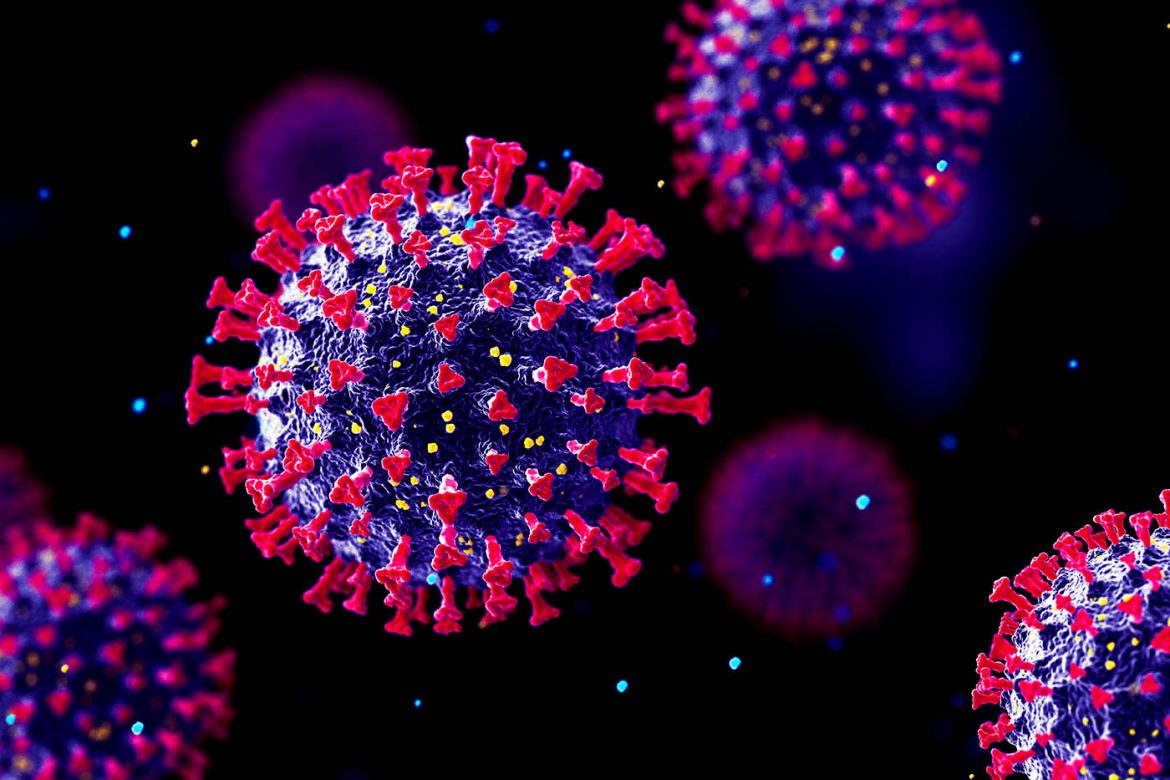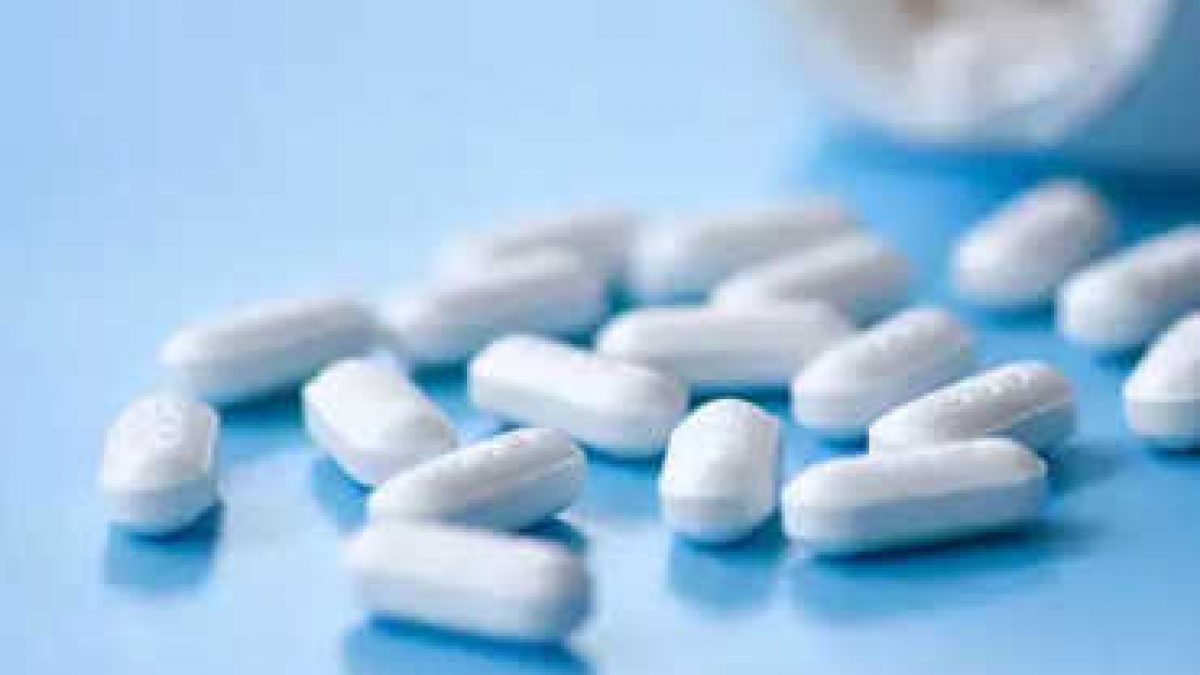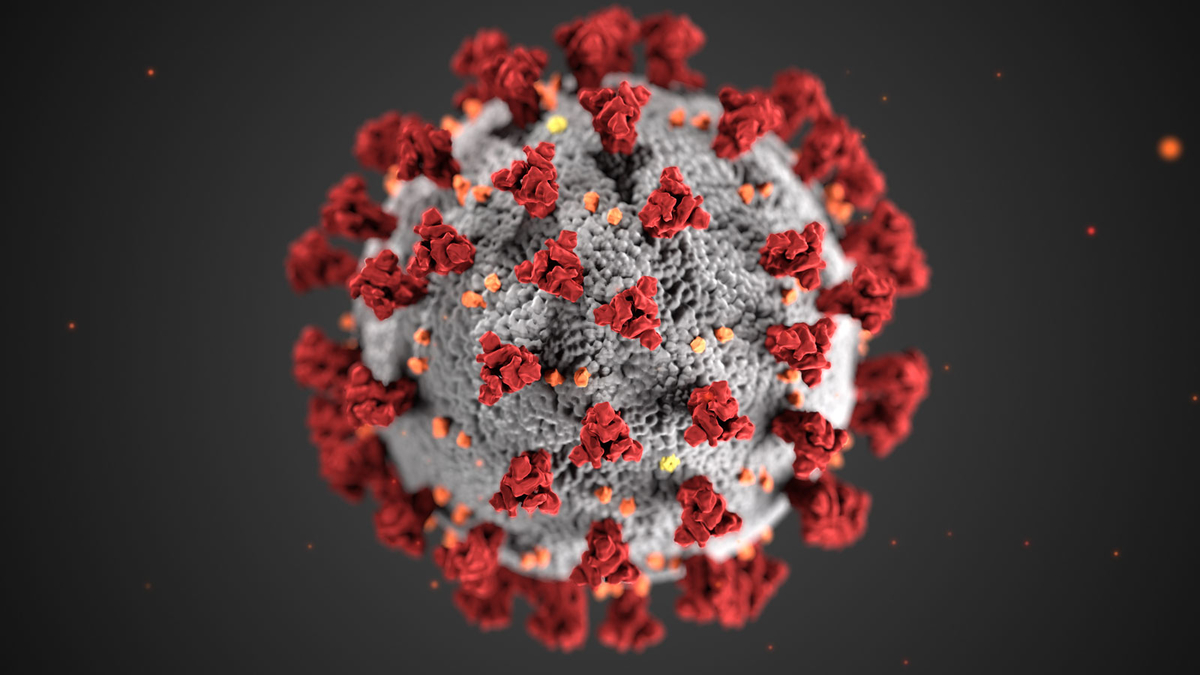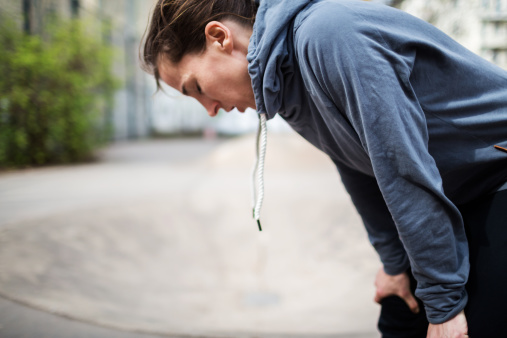Alpaca nanobodies potently neutralize SARS-CoV-2 variants
Researchers at Sweden’s Karolinska Institutet have devised a unique method for discovering effective tiny antibodies, or nanobodies, against developing SARS-CoV-2 subtypes. The method resulted in the discovery of numerous nanobodies that efficiently inhibited infection with various SARS-CoV-2 variants in cell cultures and animals. The findings, which were published in the journals Nature Communications and Science Advances, could pave the path for new COVID-19 treatments.
“We were able to identify a panel of nanobodies that very effectively neutralised several variants of SARS-CoV-2 with the help of advanced laboratory techniques,” says Gerald McInerney, professor at Karolinska Institutet’s Department of Microbiology, Tumor and Cell Biology (MTC) and joint senior author of both studies.
Despite the availability of vaccinations and antivirals, there is still a strong demand for effective treatments against severe COVID-19 infection. Nanobodies, which are fragments of antibodies found in camelids that may be converted for human use, are attractive therapeutic options because they have various benefits over normal antibodies. They have favourable biochemical features, for example, and are simple to create on a large scale at a low cost.
Gerald McInerney and Ben Murrell’s labs at MTC uncover many effective nanobodies produced from an alpaca immunised with SARS-CoV-2 antigens in the newly published study.
The first study, published in Nature Communications, shows a single nanobody, Fu2 (named after the alpaca Funny), that drastically reduced SARS-CoV-2 viral load in cell cultures and animals. Using electron cryo-microscopy, the researchers discovered that Fu2 naturally attaches to two distinct places on the viral spike, preventing the virus from entering the host cell. This portion of the research was carried out in partnership with Hrishikesh Das and Martin Hällberg of Karolinska Institutet’s Department of Cell and Molecular Biology.
The researchers next dug deeper into the alpaca’s nanobody repertoire by combining a variety of advanced laboratory techniques and computational tools, yielding a detailed library of nanobodies.
The findings, published in Science Advances, revealed additional nanobodies that efficiently cross-neutralized both the founder and beta variants of SARS-CoV-2 in cell cultures and mice, as well as the more distantly related SARS-CoV-1.
“These nanobodies represent intriguing treatment prospects against many SARS-CoV-2 types,” explains first author Leo Hanke, a postdoctoral researcher in the McInerney lab who developed the nanobody technology.
The researchers are now using the same procedures to determine which nanobodies in this collection are most suited to neutralise Omicron, the now dominant SARS-CoV-2 subtype.
Read Also :MOP UP ROUND REGISTRATIONS, CHOICE FILLING END TODAY FOR NEET PG ON MCC.NIC.IN
Contact us : Facebook










